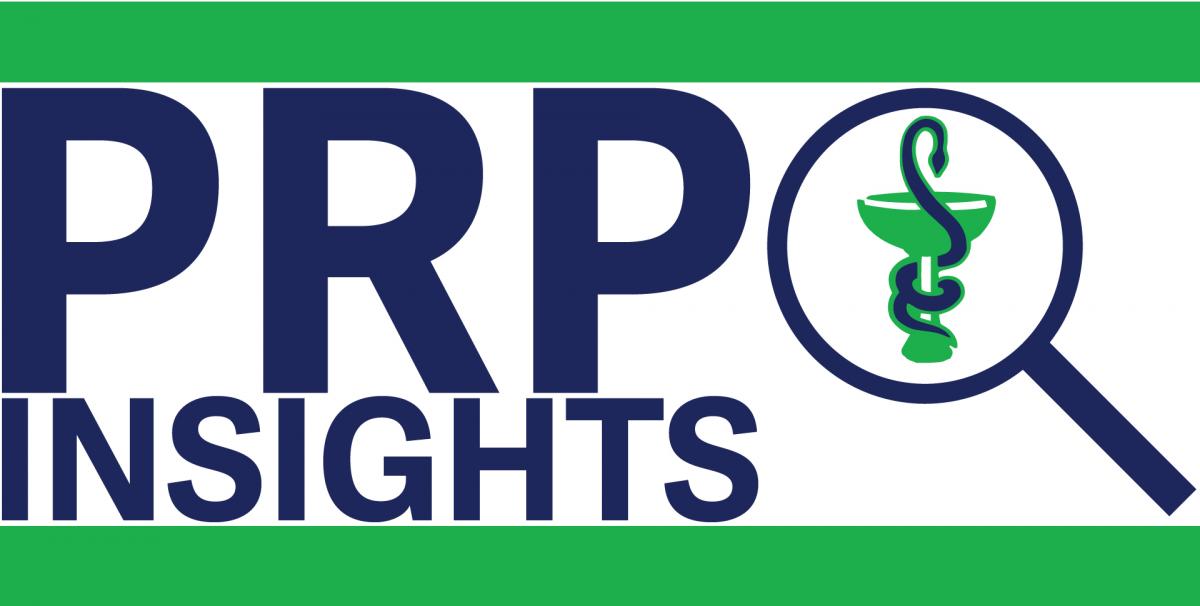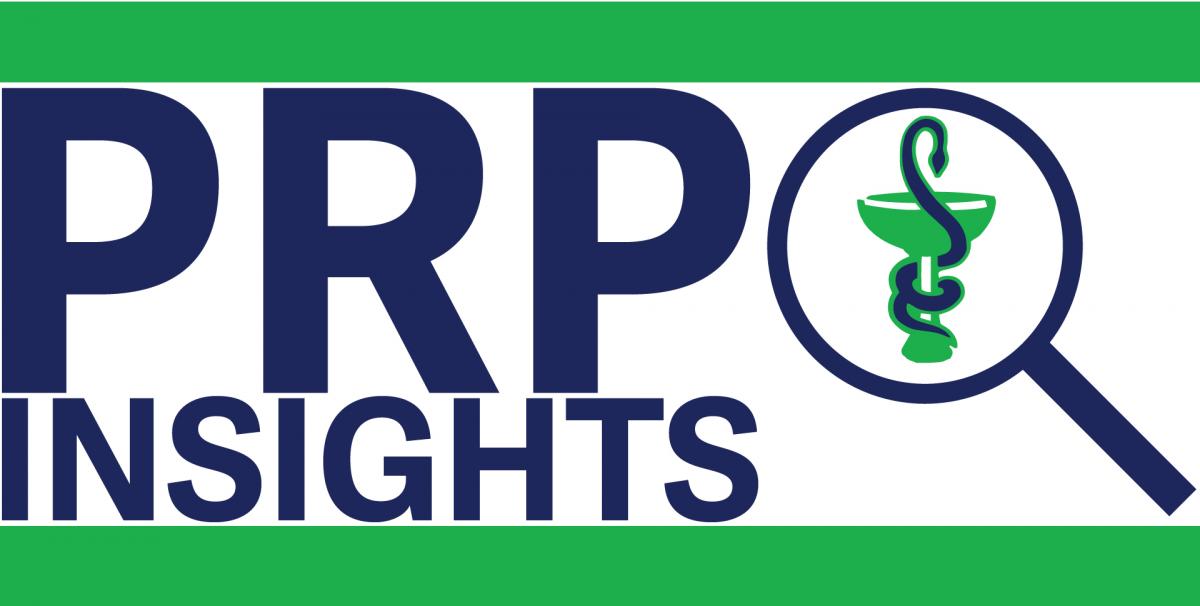
PRP Insights: Updating a Patient’s Allergies, Adverse Drug Reactions and Intolerances in a Hospital Setting
During hospital Pharmacy Practice Reviews, Compliance Officers have observed registrants processing medication orders prior to ensuring that the patient profile was up-to-date. As pharmacists rely on the information in the patient record to assess the appropriateness and safety of medications, maintaining an up-to-date and accurate patient profile is critical for the safe delivery of drug therapy. This article will focus on the updating of patient allergies, adverse drug reactions and intolerances.
|
Hospital Pharmacy Standards of Practice (HPA Bylaw Schedule F Part 2 s.12(1)): “The registrant must ensure the preparation and maintenance of patient records for each patient for whom drugs are prepared are complete, accurate and current, (2) The patient record must include… (f) the patient’s allergies, adverse drug reactions, intolerances, and diagnoses,” |
In order to ensure that the pharmacy has the most up-to-date allergy information when entering and verifying prescriber’s orders, registrants are required to update a patient’s allergies, adverse drug reactions and intolerances in the patient’s record at every admission. This includes instances where a patient is readmitted to a hospital and already has an allergy record on file. Practically speaking, this would mean that the last update to the patient’s allergy status must always reflect the most current admission date or later, if new allergies or reactions were noted during the patient’s hospital stay. Ongoing communication between the nursing staff and the pharmacy is critical in ensuring the continued accuracy of the patient record and a well-established process for reporting and checking for allergies, adverse drug reactions and intolerances should be in place.
So What?
The importance of maintaining an up-to-date and accurate record of a patient’s allergies, adverse drug reactions and intolerances cannot be understated. To illustrate the importance of this function, examples of some scenarios that have occurred during recent Pharmacy Practice Reviews where registrants have followed up with nursing staff regarding outdated allergy information include:
- Patient A with a documented allergy status of “NKDA” from November 2013
Upon follow up by the pharmacy technician, the nurse stated that patient A had reacted to ASA three days ago which had caused vomiting. Upon reviewing the patient profile, the pharmacy technician noted that ASA was still on the patient’s profile and was still being dispensed for the patient in daily rolls. In this case, the reaction had not been communicated to the pharmacy which prevented the pharmacy from identifying this drug therapy problem. As a result, the pharmacy continued to dispense the ASA for the patient until they were made aware of this reaction.
- Patient B with a documented allergy status of “antihistamine eye drops – reaction MILD, dry eyes” from 2015
Upon follow up by the pharmacy technician, the nurse checked with the patient and notified the pharmacy that the patient reported he was severely allergic to antihistamine eye drops with a prior reaction causing significant swelling of his eyelids requiring hospitalization. Based on the outdated allergy information that the pharmacy had in their records, the pharmacist would not have been aware of the severity of the reaction and patient B would have been at risk of being dispensed an antihistamine eye drop.
- Patient C with a documented allergy status of “NKDA” from November 2018
Upon follow up by the pharmacy technician, the nurse stated that she believed patient C was currently experiencing an allergic reaction to ceftriaxone. Upon review of the patient profile, the pharmacy technician noted that the patient had just finished a course of ceftriaxone and received an order for calamine lotion and diphenhydramine. The pharmacy had not received any notification or documentation regarding this reaction and had this information not been requested by the pharmacy, the patient would have been at risk for a second event occurring.
Registrants must ensure that a patient’s record is up to date at the time of every admission. However, what should be done if a patient’s allergy status is determined to be outdated when entering or verifying orders? Confirm using a reliable source such as the patient or patient representative, the nursing staff or by checking the patient’s current chart. Hospitals using pharmacy profiles that are shared between other disciplines such as nursing should be mindful about their source of information; if the process is to look at the pharmacy profile and verbally relay this information back to the pharmacy, then this may not be a reliable source of up-to-date information. To ensure the delivery of safe drug therapy, medication orders should not be processed until a patient’s allergy status is verified.
In addition to maintaining the local patient record, registrants should also ensure that reactions that are assessed by the pharmacist to be true allergies, clinically significant adverse drug reactions or intolerances should also be added to the patient’s PharmaNet record. Doing so gives other health care professionals access to the information they require to make informed decisions about a patient’s medical care.
PRP Support Tools - Documentation:If a patient is unaware of any drug allergies, you should document “No known drug allergies” on your local profile. Do not simply leave the allergy information field blank. By documenting “no known drug allergies,” there is a record that medication allergy information has been addressed. Be precise in documenting a drug allergy or intolerance. Include the symptoms of the reaction (eg. rash or shortness of breath), and any other pertinent details reported by the patient. |
QUESTIONS
If you have any questions or concerns, please contact the practice support team at [email protected].
To learn more about the Practice Review Program, including how to prepare for your review, visit bcpharmacists.org/prp.
- Practice Review Program, PRP Insights

 Share
Share


